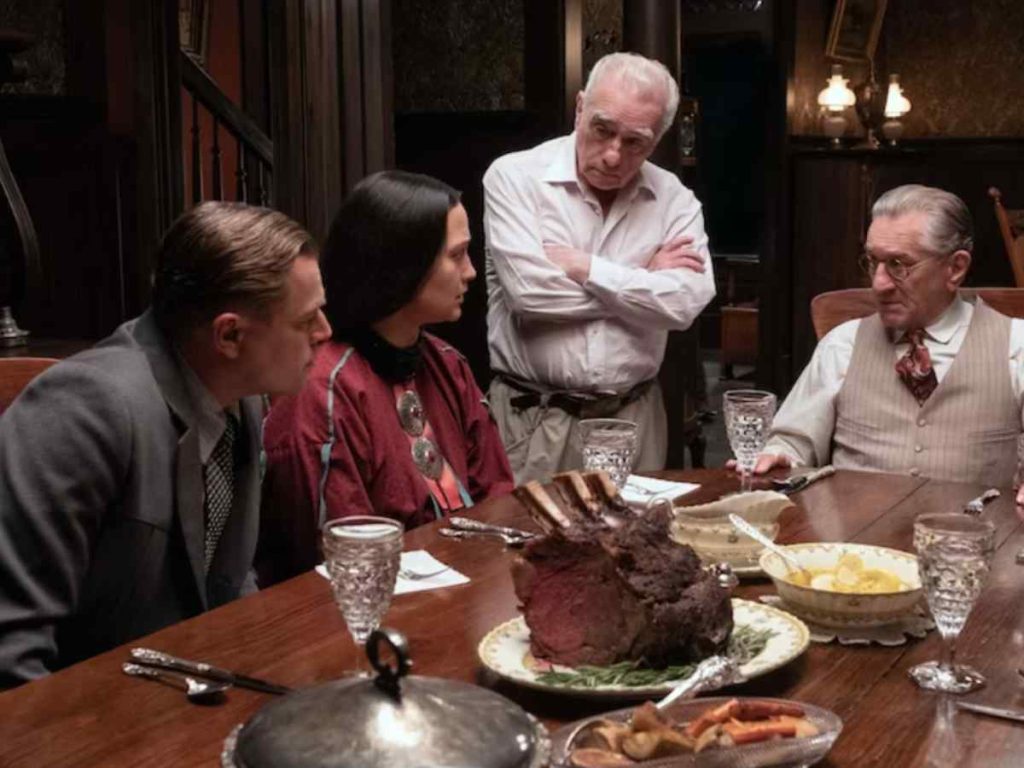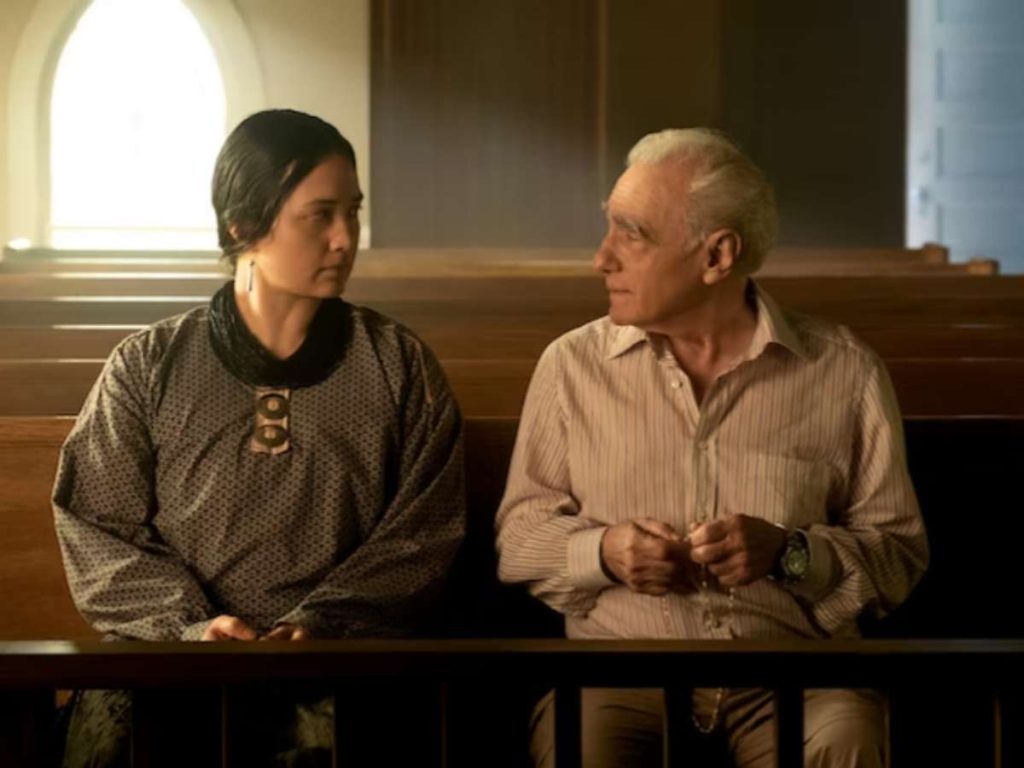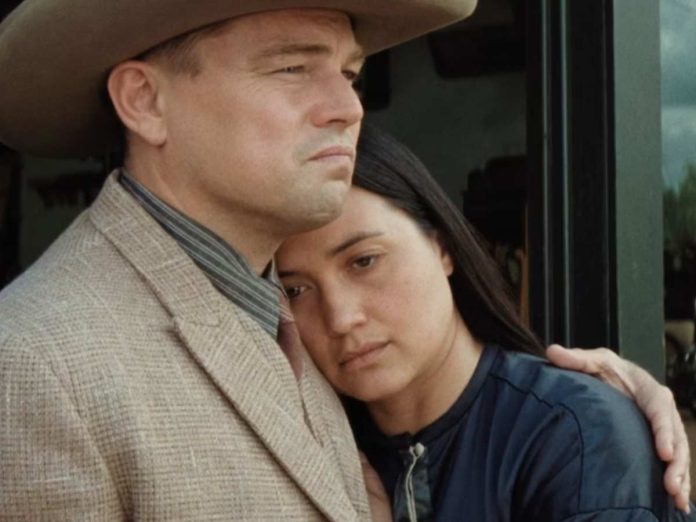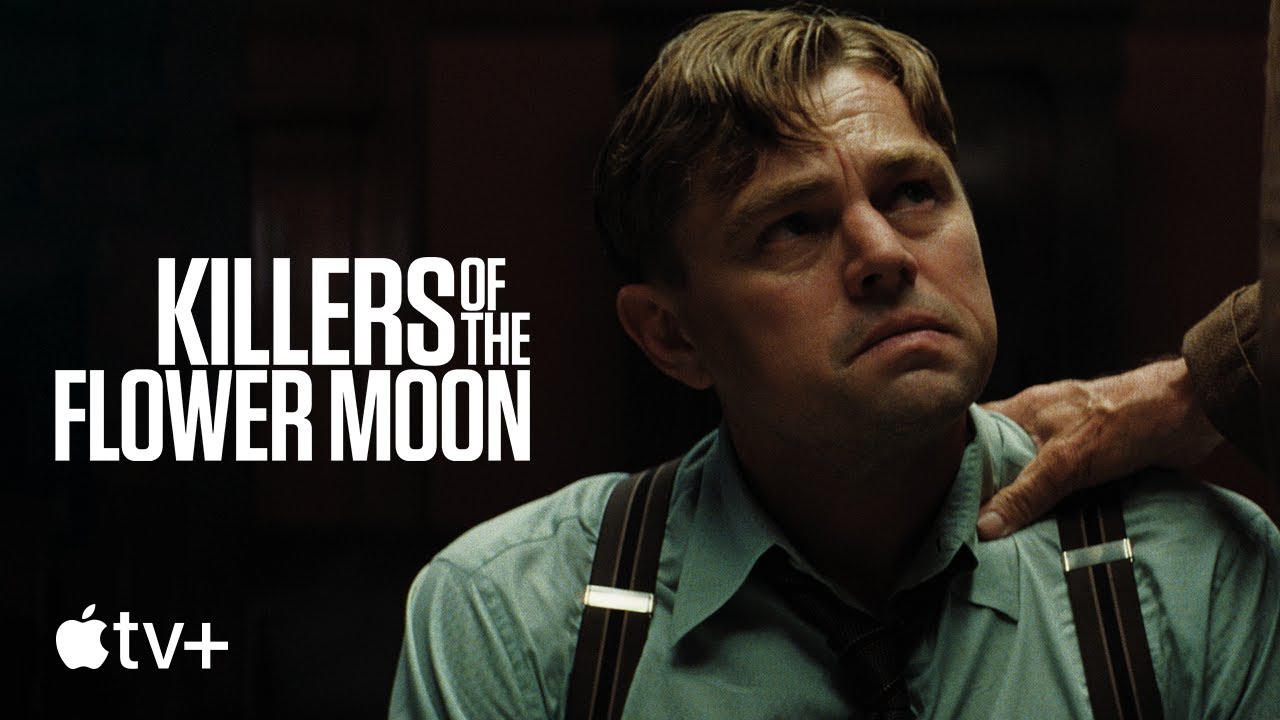‘Killers of the Flower Moon‘ has been declared the best film of the year 2023 – and we see no scope for questioning the rationale behind it. A beautifully depicted exploration of American history, the movie is a fine piece of cinema with commendable craftsmanship and technical artistry.
Revolving around the tale of Native American murders, the Martin Scorsese movie presents a unique narrative. It makes the audience gasp in awe at the first instance, and introspect their set of beliefs at the very next. Director Martin Scorsese himself steps into the screen during the epilogue.
Related: “The Perfect Storm”: Martin Scorsese Admits ‘Barbenheimer’ Phenomenon Provides Cinema With Hope
‘Killers Of The Flower Moon’ Symbolism And Epilogue

The epilogue is the detailing of Mollie Kyle’s final years. The audience barely expects Scorsese’s entry on the screen, but perhaps that is what justifies its ending. As contemplative as the movie already is, Scorsese’s narration adds a layer of complexity to it.
Scorsese, in the end, acknowledges Mollie’s obituary which has conveniently omitted the orchestration of the murders of her family throughout the rest of the movie. It is like a major revelation – which is also quite suitable for the climax. The end of the movie unveils the painful reality of both the film’s narrative and the broader existence that it has encapsulated.
The depth of the movie is nowhere clearer than in its epilogue, which narrates the fallout of its story in the form of a true radio crime show. The end reveals a lot of things together – including the details of the arrest and later release of William King Hale played by Robert De Niro, the pardon granted to Ernest Burkhart played by Leonardo DiCaprio, and the death of Mollie Kyle played by Lily Gladstone. The analog comes with sound effects and performative readings of news reports.
Another peculiar thing that the movie did is the transformation of a horrifying story of systemic racism and greed into an ad-ridden radio play. This way, the movie also symbolized America’s ugly habit of transforming its sins into forms of entertainment, thus aiming to gain profit through it.
In case you missed it: How Many Oscars Has Martin Scorsese Won?
Is Movie’s Climax A Subtle Apology On Behalf Of America?

Through characters like Ernest, played by DiCaprio, ‘Killers of the Flower Moon’ shows how a failure to acknowledge bigotry, sins, and lies leaves an impact not just on the person himself, but also on world affairs. It is clear at the end how Ernest has throughout the movie refused to introspect his own actions – just like America has historically done when it comes to oppression.
It also seems that Scorsese himself has acknowledged his own shortcomings as a popular director in America. Because if you think about it, Scorsese himself has dramatized, and thus capitalized, on an American tragedy of oppression through this movie. And he is clearly aware of that.
Therefore, Scorsese seemingly accepts responsibility for his complicity in narrating American history and tries to pay final respects to the Osage through the analog. He brings the ‘Killers of the Flower Moon’ to an end by returning the story to the Osage Nation. The film cuts away from its climactic radio show to an overhead shot of a 21st-century Osage gathering.
Scorsese thus places the story back within its wider historical context, giving the movie a meaningful conclusion and justifying the masterpiece that it is.
You might also like to read: “Go Reinvent”: Martin Scorsese Urges Filmmakers ‘To Save Cinema’ By Ditching Movies Based On Comic Books






